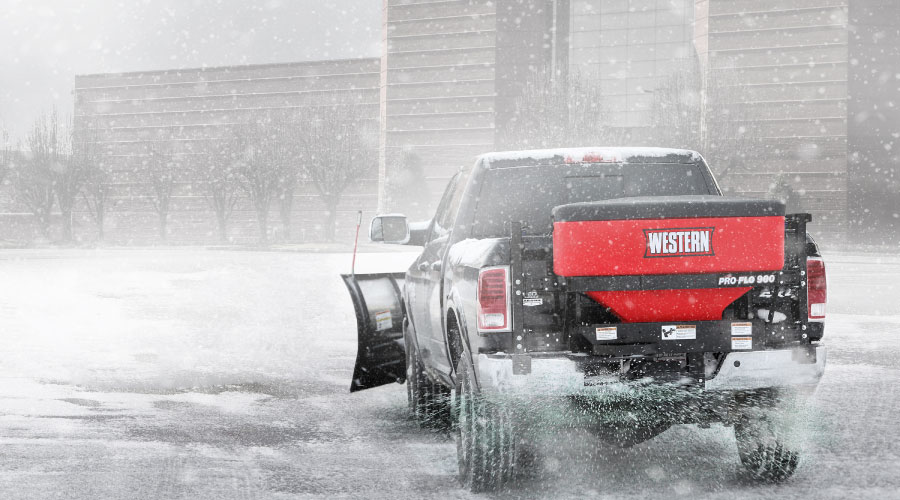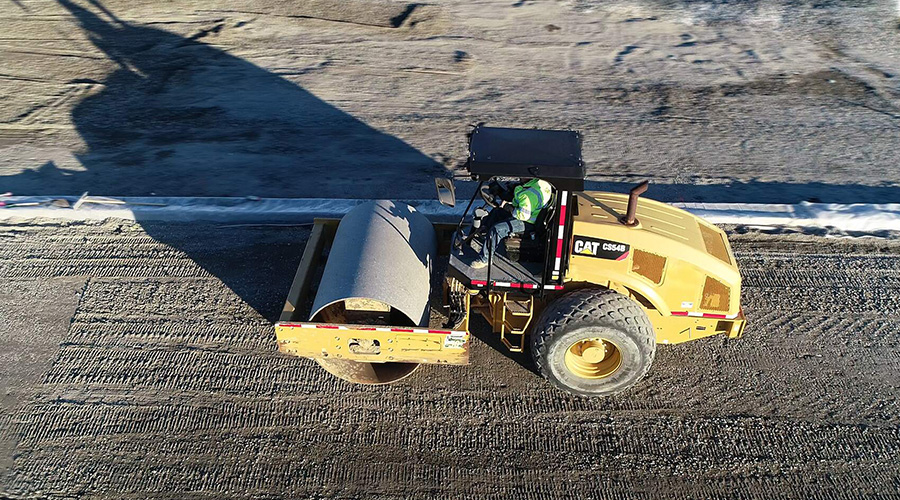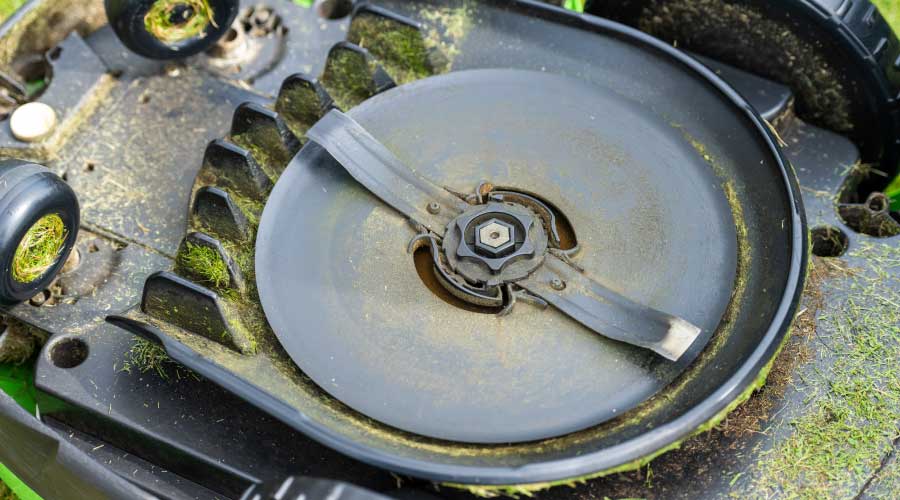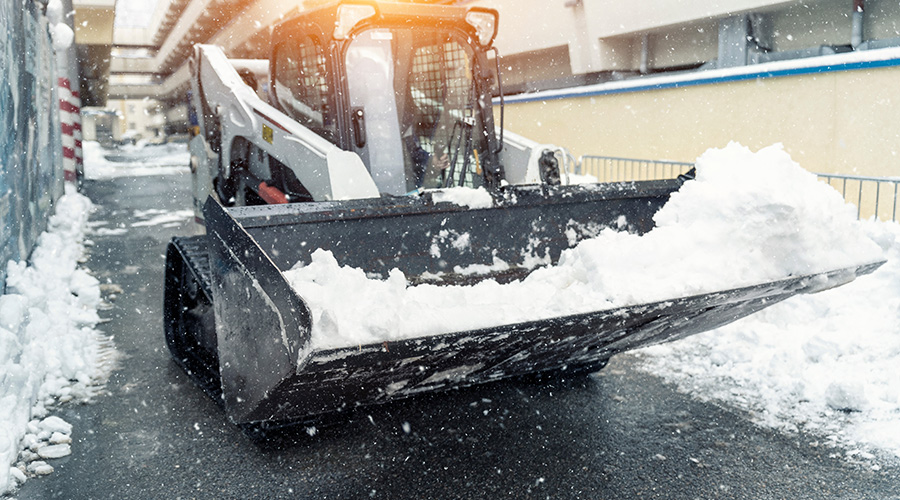It’s Never too Early to Prepare a Winter Treatment Plan
It’s only fall, but are grounds managers already thinking about snow?
By The Snow & Ice Management Association
It’s only fall, but are grounds managers already thinking about snow? If managers at institutional and commercial facilities hired a company with dedicated snow professionals, they already are.
A lot goes on behind the scenes as companies get ready to properly provide snow and ice management services to ensure sites are safe and accessible. That planning and financial investment must be done whether it snows or not.
Here are a few ways managers can help make it adjusting to snow and ice removal a more seamless experience:
1.) Don’t wait until fall to source and sign
Signing your contracts as soon as possible allows your snow professional to begin allocating labor, equipment and materials for facilities. With recent supply chain issues, the lead time for purchasing snow equipment has increased. Waiting until closer to winter to sign (or even start the request for proposal process) may mean the contractor has closed the door on new contract signings. Contractors understand their capacities and can’t run the risk of over-extending those resources, which can lead to service failures. An industry best practice is to have your contracts signed by September 1.
2.) Open the lines of communication
Long before the first snowflakes fall, managers should meet with service providers to collectively review the agreed-upon scope of work, making sure that both parties have a clear and defined understanding of service expectations. This is a great time to let your service provider know of site changes that will impact service, whether it’s operating hours, shift changes, keyed access details, changes in priority areas, property manager contacts, etc. For example, if a shift that used to start at 6 a.m. is changed to start at midnight, that would change the time when service is needed. If the contractor isn’t aware of that, a delay in service could result in a slip and fall.
3.) Say yes to the preseason walkthrough
Snow and ice treatment contractors should request a preseason site walkthrough. If they do, say yes. If they don’t, request one. A thorough preseason walkthrough at the facility allows both parties to finalize the following:
- Communication plan (pre-/during/post-storm communications) for both parties.
- Service reporting procedures, including if you require the service provider to use your app to document service verification.
- Site assessment, including photos and videos, to identify existing damages and safety concerns that could become a liability issue during operations.
Site assessment
The site assessment will be broken into three areas. Results should be documented on the site engineering plan and site maps that operators will rely on when servicing the site.
Hazard and damage assessment. Inspect all exterior surfaces, buildings and structures to identify existing or potential hazards and damage. This will allow you to address necessary repairs before the season and protects the service provider from being held responsible for damage that they did not cause.
Site and environmental assessment. Identify conditions that could present challenges in their efforts to meet expectations. These typically include structures or surfaces that may require special care, such as parking garages or specialty pavers; melt-and-refreeze areas of concern; proximity to ponds or other bodies of water that could be compromised by salt runoff; and poor concrete or asphalt conditions such as potholes or cracks/spalling.
Behavioral risks. Identify and remedy social risks that may affect patrons’ safety and security during operations. These include the type of property and patrons; pedestrian access and walking patterns; security concerns; and expectations for extreme weather events.
The relationship between a client and a snow contractor is key to a long and successful partnership. A great relationship starts with good dialogue and a great understanding of hazards and expectations. Working together toward a common goal can reduce liability, improve service and ensure your expectations are met.
This article was provided by the Snow & Ice Management Association (SIMA), the industry leader in education, training and resources for the professional snow managers. Learn more about SIMA at www.sima.org.
Related Topics:












